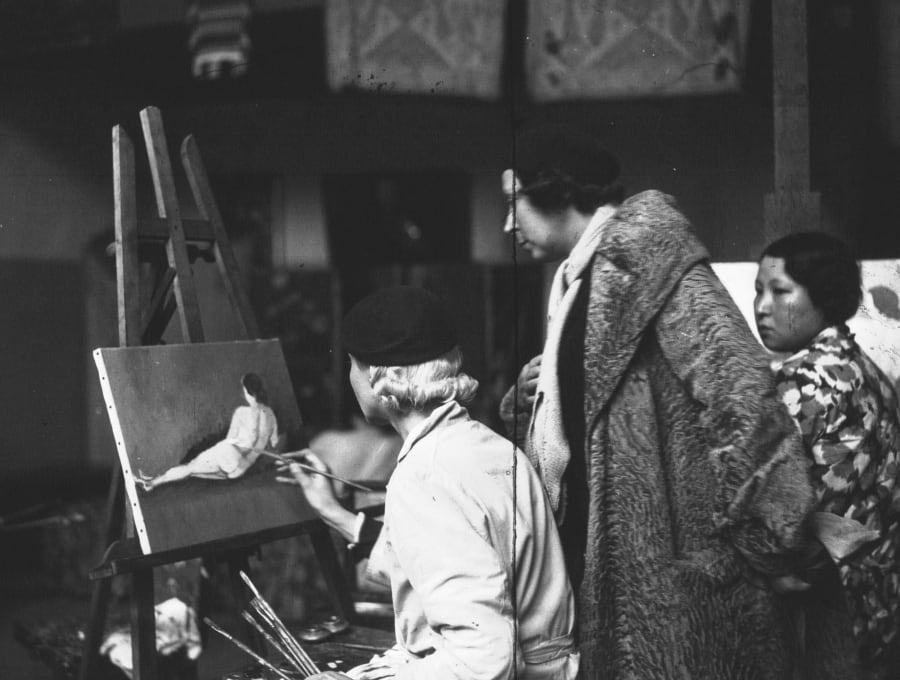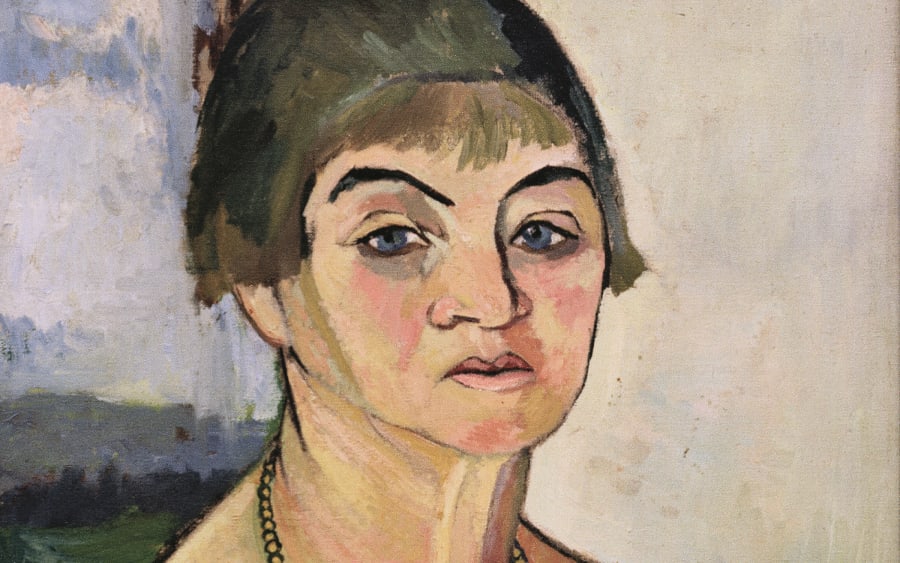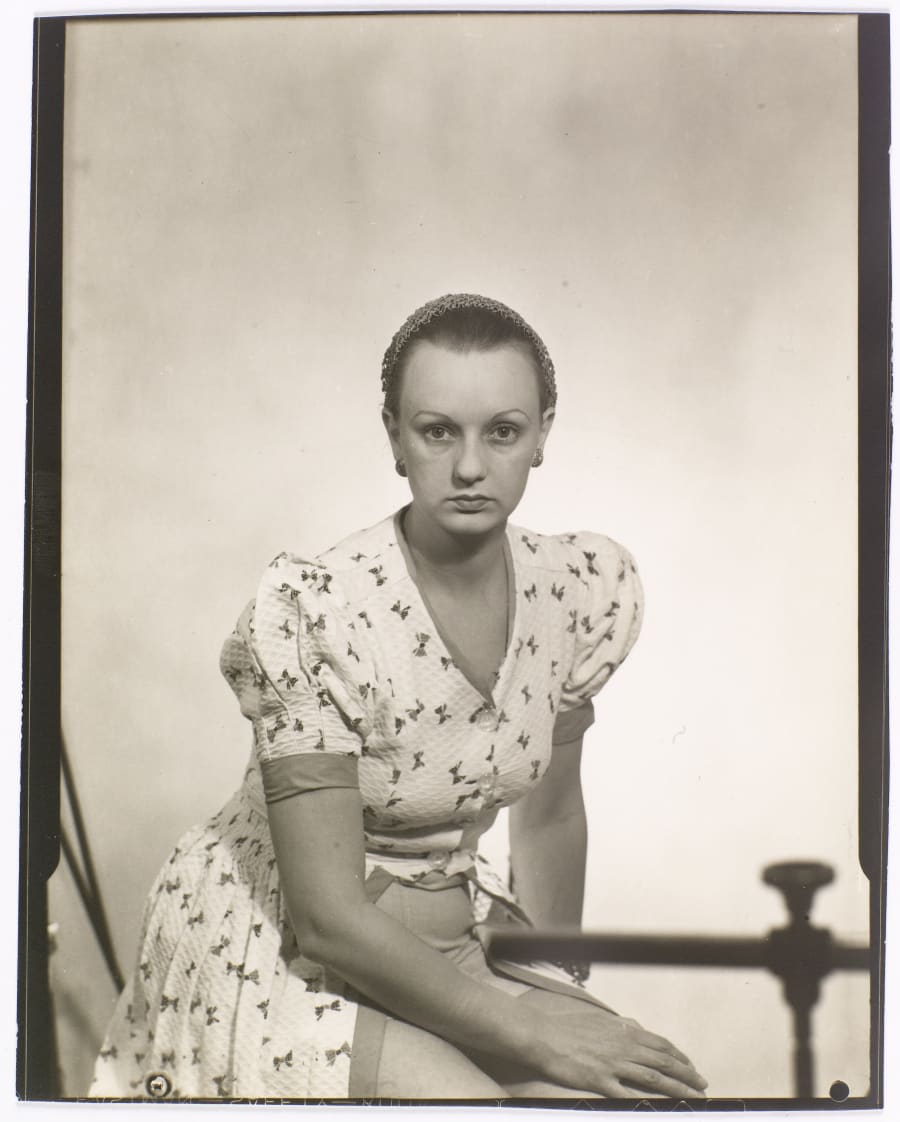‘Make way for the young!’ A bold declaration to be found more than a century ago on the business card of art dealer Berthe Weill (1865–1951) – a motto that captured both her appetite for discovery and the devoted, spirited energy she gave to the artists she believed in. Many of them now belong to the pantheon of Modern art: Pablo Picasso, André Derain, Suzanne Valadon, Henri Matisse, Maurice Utrillo, Albert Marquet, Raoul Dufy, Georges Rouault. Setting up on the Right Bank in 1901, Weill was one of the very first gallerists in Paris and one who kept going for over 40 years, without ever growing wealthy. This fall, the Musée de l’Orangerie pays tribute to this extraordinary figure, who even shortened her first name for the sake of her gallery’s signage. Her significance lies not only in the fact that she was a woman in a world dominated by men, but also in her fierce commitment to the contemporary. She supported the Fauves and Cubists long before the establishment took notice.
Weill cleared a path for many successors. ‘Reclaiming, in new form, the traditional role of women as patrons of the arts and letters through salons and private support,’ write Catherine Gonnard and Élisabeth Lebovici in their book Femmes artistes, artistes femmes (2007), ‘these gallerists chose to become activists within the art world. They fought to turn their galleries into spaces of conviction, betting on radical new work.’ The authors emphasize the early gallerists’ crucial roles in terms of support and commitment.
Born in Alsace and the mother of two daughters, Jeanne Bucher (1872–1946) began as a volunteer nurse in Lyon during the First World War, then became a librarian in Geneva, Switzerland. It was only after the age of 50 that she launched her career as an art dealer in Paris, opening a gallery in 1925. Her literary leanings shaped the character of the space – it was first a bookstore exhibiting drawings, watercolors, and prints, which gradually evolved into a fully-fledged gallery showing Georges Braque, Giorgio de Chirico, Paul Klee, Max Ernst, Juan Gris, Fernand Léger, Jean Lurçat, Jacques Lipchitz, Henri Laurens, André Masson, Louis Marcoussis, Joan Miró, Piet Mondrian, and Picasso. What an eye! And yet, as her close friend, the painter Lurçat, would later testify, hers ‘was a poor gallery…a business whose only capital was a pure sensibility and a profoundly upright, elevated sense of its mission.’
It was at Bucher’s suggestion that, after the death of Aristide Maillol, Dina Vierny decided to open a gallery. There, she exhibited not only the great French sculptor, who had once chosen her as his muse and model and subsequently named her as his heir, but also Matisse, Picasso, and Serge Poliakoff. A compulsive collector, she later reconnected with her Slavic roots by organizing a landmark exhibition of the Russian avant-garde in Paris in the early 1970s. Today, the gallery is run by her grandsons, Alexandre and Pierre Lorquin.
Throughout the 20th century, women gallerists were at the vanguard of artistic innovation. It was at the maison-galerie of Colette Allendy (1896–1960), on the edge of the 16th arrondissement, that ‘some of the most important aesthetic developments of the Postwar era took shape’ (1)– including Yves Klein’s first fire painting (2), while the rise of abstract art in France owes much to Denise René (1913–2012). In the years following the Second World War, while continuing to exhibit historical figures, René introduced the public to new ones such as Victor Vasarely, Robert Jacobsen, Jean Dewasne, and Richard Mortensen. Her 1955 exhibition ‘Le Mouvement’, co-organized with Pontus Hultén, gave birth to a new artistic category: ‘kinetic art’, a term coined by Vasarely and one she would continue to champion throughout her career. René’s gallery stood out for its international outlook, building strong relationships with Latin American artists – Carlos Cruz-Diez, Julio Le Parc, Jesús-Rafael Soto, among others. The space dedicated to editions and multiples that she opened in 1966 in St-Germain-des-Prés only closed its doors in June 2020.
In 1958, it was the now-legendary exhibition by Yves Klein, ‘The Void’, organized by Iris Clert (1917–1986), that convinced Jean Tinguely to leave René’s gallery and join Clert’s. Heralded by a blue-stamped mail out and staged with high theatrics (the Republican Guard was present at the opening), the event was a watershed moment in art history. It captured both Klein’s genius – creating for visitors an experience of ‘immaterialized Blue’ – and Clert’s flair for publicity. A charismatic figure, Clert was never afraid of scandal, just so long as it kept her gallery in the headlines.
Yet, while her vision and determination in promoting her stable (Takis, Gaston Chaissac, Ad Reinhardt…) earned her a major place on the Paris scene, Clert – described as an ‘ambiguous star of the avant-garde’ in Clément Dirié’s 2021 biography (3) – was neither a shrewd manager nor a consistent partner. Her relationships with artists were often stormy.
Audacity was also the hallmark of Farideh Cadot, another pioneer of the latter half of the 20th century. She began in the 13th arrondissement, where she was among the first to include performance art in her programming. In 1981, she became one of the first gallerists to relocate to the Marais, where she exhibited artists including Markus Raetz – who would become a key figure for her gallery. A few years later, she ventured into the American market, running a space in SoHo in New York for four years, where she showcased a range of international artists, including a few notable French figures like the photographer Georges Rousse and the multimedia artist Philippe Favier.
At the same time, Cadot played a key role in institutional projects in France, including bringing a major exhibition of work by Meret Oppenheim – one of many women artists she championed, alongside Rosemarie Castoro, Pat Steir, and Michelle Stuart – to the Musée d’Art Moderne de la Ville de Paris. She closed her last space in 2017, and today, she continues to work as an art advisor.
For some, a passion for art – often experienced as a calling – can become the foundation of a shared life. For nearly thirty years, Liliane and Michel Durand-Dessert ran one of the most respected and closely followed galleries in Paris. They were the first to show Gerhard Richter in the city, they represented Joseph Beuys, and showcased artists from the Arte Povera movement. In 2021, part of their exceptional collection was donated to the Museum of Modern and Contemporary Art in Saint-Étienne, enriching its holdings considerably.
These women did far more than witness the history of art – many of them were significant in shaping it.
(1) Extract from the exhibition catalog of 'Berthe Weill. Galeriste d’avant-garde', musée de l’Orangerie, Paris, from October 8, 2025, to January 25, 2026.
(2) Citation from Histoire des galeries d’art en France du XIXᵉ au XXIᵉ siècle, by Alice Ensabella, Nathalie Moureau, Agnès Penot, Léa Saint-Raymond, Julie Verlaine, Flammarion editions (2024).
(3) Iris Clert, l’astre ambigu de l’avant-garde, Clément Dirié, éditions Hermann, collection Galerie d’art (2021).
Anne-Cécile Sanchez is a freelance journalist and editor based in Paris. She is a regular contributor to Le Journal des Arts, L'Œil, and Projets Médias.
English translation: Art Basel.
Caption for header image: Dina Vierny photographed by Gaston Karquel in front of Aristide Maillol's La robe rouge (1941), 1947. Courtesy of Galerie Dina Vierny.
Published on August 25, 2025.


